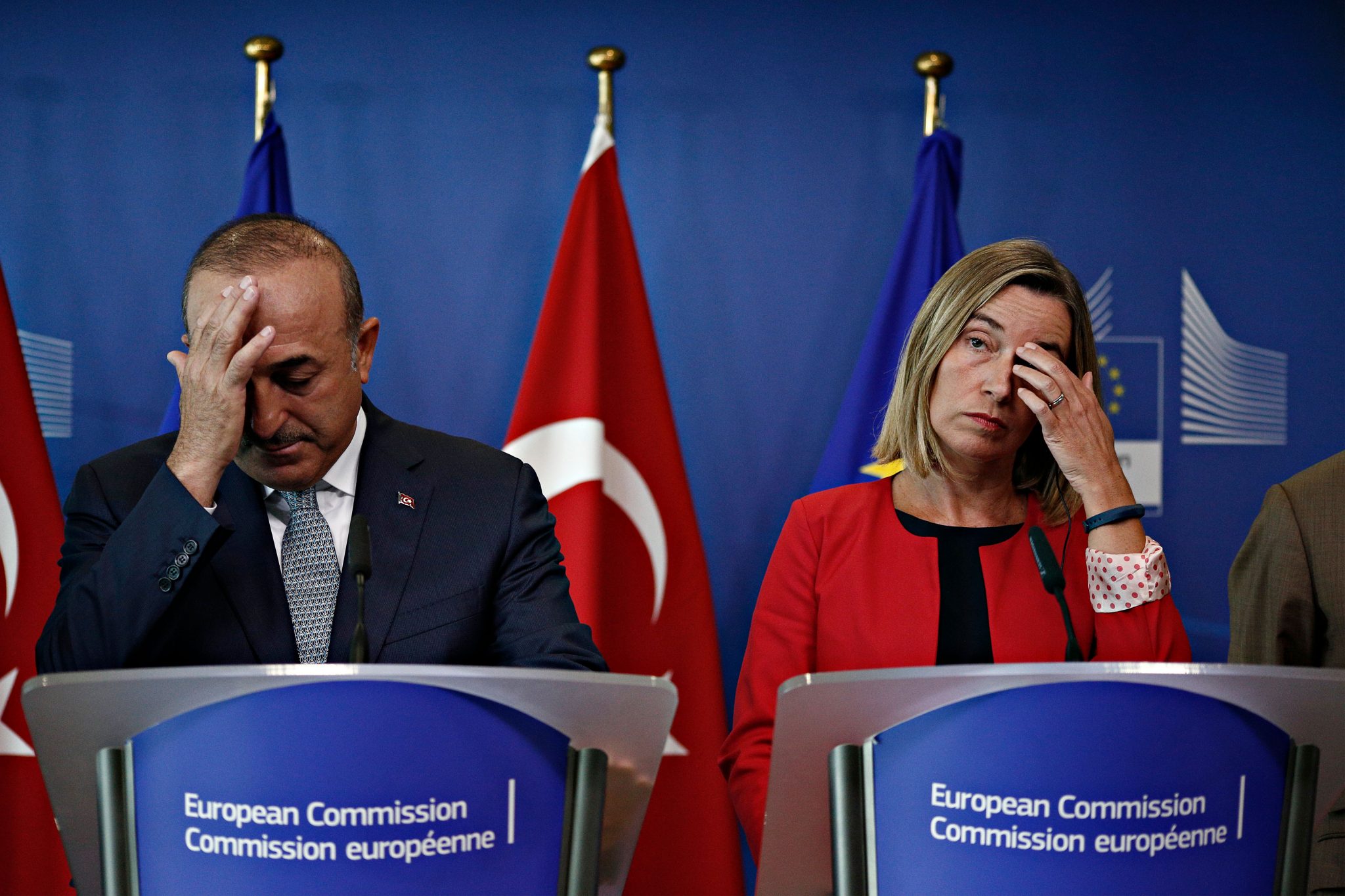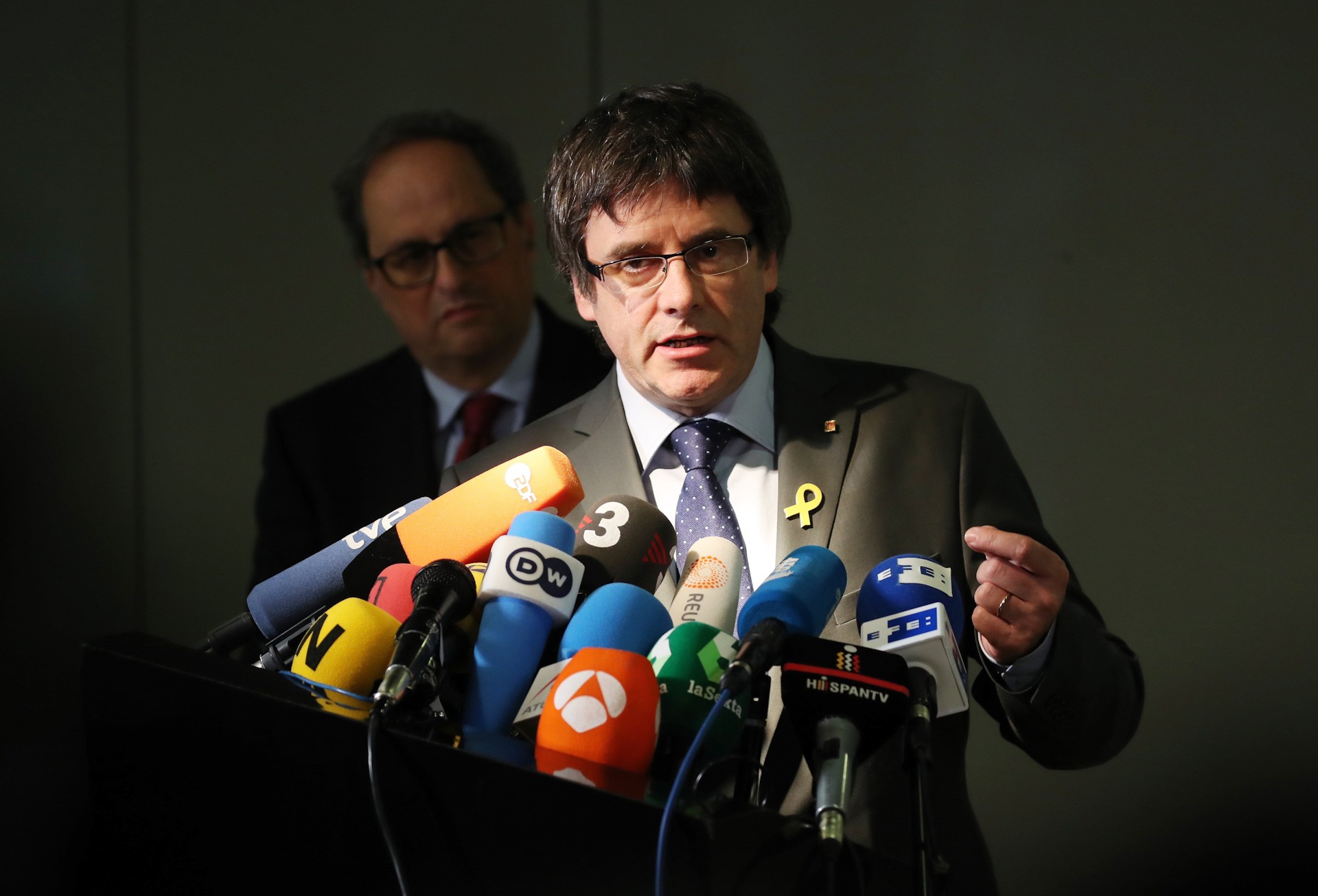
[dropcap size=small]On March 18, 2016, the EU and Turkey signed a deal, effective immediately, with the broad goal of stemming the flow of “irregular migration” into Europe, and creating safe and legal channels by which to reach the continent instead.
The Refugee Crisis
A salient and controversial topic, the refugee crisis in Europe has been ongoing for years, reaching its peak number of asylum-seekers in 2015 with the escalation of the Syrian civil war. One million refugees arrived in Europe during this turbulent year, 885,000 of which passed through Greece and proceeded north along the Western Balkan route, most often to the countries of Germany and Sweden.
For many refugees, the last country they step foot in before reaching the southern borders of Europe is Turkey, as it shares a border with both Greece and Bulgaria and acts as a bridge country between Europe and Asia. Alternatively, refugees may attempt to reach Europe by way of the Mediterranean Sea, which has been labeled “Europe’s biggest mass grave” due to the tragically high number of lives lost along this route.
In 2015, as European nations struggled to devise and implement viable policies that would both appease the growing discontent of their peoples as well as provide aid in the face of a growing humanitarian crisis, Turkey was trying to manage the ever increasing numbers of refugees and migrants entering its borders. In the effort of working towards a common goal of stemming “irregular migration” into Europe and thus leading to fewer refugees in Turkey, the EU and Turkey signed a joint statement in March of 2016 to that end.
What Does the Statement Say?
At its core, the overarching purpose of the EU-Turkey Statement was to limit the number of “irregular migrants” (refugees and migrants whose asylum applications were either rejected or nonexistent) by sending these migrants back to Turkey. Included in the Statement is also the stipulation that for each refugee returned to Turkey, one from Turkey would be resettled in the EU.
In addition, Turkey received financial support from the EU and agreed to take increased measures against smuggling, and the EU also agreed to allow VISA- free travel for Turkish citizens and to expedite the process of EU membership for Turkey.
Has It Been Successful?
According to the numbers provided in a European Commission report published in 2017, the Statement has been an overwhelming success. In October 2015 Turkey saw ten thousand new arrivals per day, a number which has decreased by ninety-seven percent to now be only forty-three. In the year before the Statement there were 1,145 deaths on the Mediterranean, while in the year following the number was down to eighty.
The EU provided three billion Euros in funds to the Facility for Refugees in Turkey as well for projects on the ground, and, at the time of this report, 2.2 billion had already been allocated to thirty-nine projects. In no small terms, this would allow 500,000 refugee children to receive an education, seventy schools to be built, 2,081 teachers to be trained, and two million refugees to receive health insurance.
While the European Commission report would indicate a high success rate for the EU-Turkey Statement, however, the deal was widely criticized by NGOs and even some MEPs. Some of this criticism includes accusations that Europe only managed to shift the responsibility onto another country, thus avoiding it itself, and that Prime Minister Recep Tayyip Erdoğan would use the deal as leverage against the EU when it came to criticism of human rights conditions in Turkey. Additionally, tens of thousands of refugees are still stuck and suffering low standards of living in Turkish refugee camps.
Nearly Two Years On
At the beginning of 2017, it appeared that the deal was achieving what both sides hoped for. At the beginning of 2018, the deal is on the verge of crumbling. This is largely the result of a deterioration of relations between the EU and Turkey, in which the attempted 2016 coup and Erdoğan’s controversial constitutional referendum both played roles, since the signing of the deal.
The attempted military coup led to a sharp increase in Turkish asylum-seekers fleeing political persecution in their home country. Eurostat reports that within the two days prior to the attempted coup, there were 5,315 asylum applications from Turkey, but within the two days following there were 12,390. In turn this has led some to ask whether Turkey itself is a safe country for refugees, seeing as it is producing (albeit political) refugees itself.
Additionally, on at least four separate occasions Turkey has threatened to suspend the deal. The first time was over Turkey’s accession to the EU, the second over Greece’s refusal to extradite military officers wanted for the attempted coup, the third over the refusal of European nations to allow Turkish politicians in to campaign for Erdoğan’s referendum, and most recently over the role of Kurdish forces in Syrian peace talks.
Although the only concrete action that has been taken was by the EU in cutting pre-accession funds to Turkey in October of last year, the deal is seen as largely having failed to achieve its desired results. In 2015, Europe struggled with an unprecedented number of refugees that put political, social, and economic strain on the continent. Desperate for a solution, the EU-Turkey Statement was born. Hopefully the EU has a better plan up its sleeve.
—————————————–
Sources:
- Asylum Quarterly Report: Statistics explained (Q2 2016 and Q2 2017), ec.europa.eu/eurostat/web/asylum-and-managed-migration/publications.
- European Commission, “EU-Turkey Statement: One Year On.” Ec.europa.eu, ec.europa.eu/home-affairs/sites/homeaffairs/files/what-we-do/policies/european-agenda-migration/background-information/eu_turkey_statement_17032017_en.pdf.



